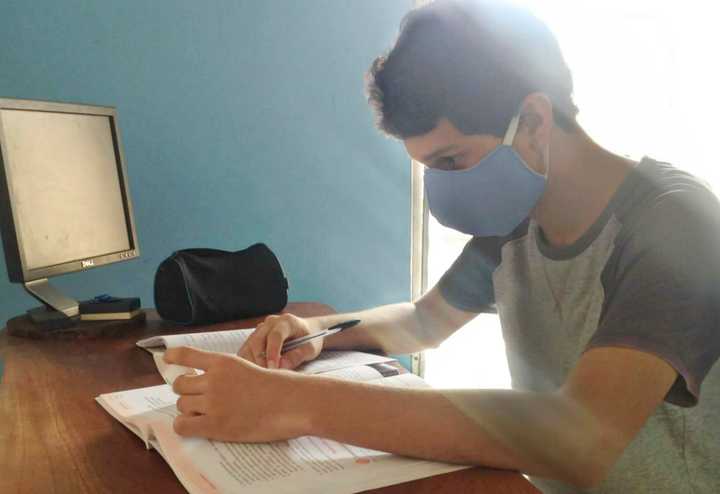On Tuesday, Feb. 23, Massachusetts announced a plan to return all elementary school students to the classroom by April.
When asked about COVID-19 safeguards for the schools, Commission of the MA Department of Elementary and Secondary Education Jeffrey Riley said that 3 feet of distance between students, staff, and faculty is the goal for public schools, though if they are able to distance further - up to 6 feet - all the better.
“Our guidance says three to six feet, so we’ve always said from the beginning that we’re recommending three feet and if you can do more, you should do so,” Riley said, according to CBS Boston. “I would just remind people that in Europe and Asia, and in fact in many states in this country, people are at three feet or less.”
The 3-foot social distance guideline for schools was supported in a recent op-ed by experts at the Harvard T.H. Chan School of Public Health. Authors argued that while 6 feet is a necessary social distance to stop the spread of COVID-19 among adults, children are different. The article also posited that not having in-class education is a greater risk to children’s futures than the risk of catching the coronavirus in school.
“It’s past time we recognize that kids are different and the importance of schools is different, especially for the youngest learners. Three feet should be the default distance for schools,” wrote Joseph Allen, associate professor of exposure assessment science and director of the Healthy Buildings Program, and Sara Bleich, professor of public health policy, in a Nov. 12, 2020, Washington Post opinion piece.
Click here to follow Daily Voice Stratford and receive free news updates.
